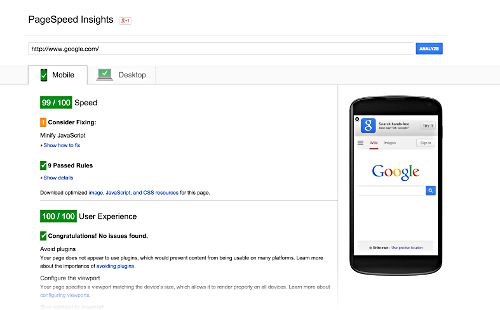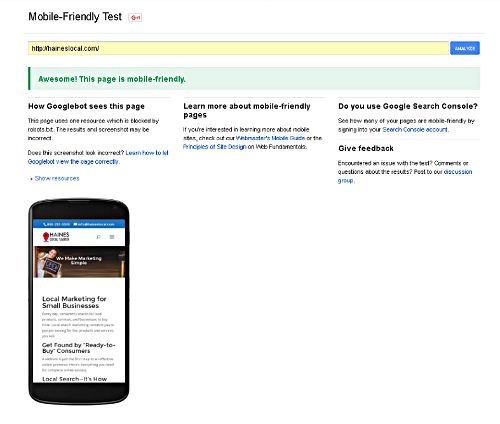All businesses must fight for more customers and greater market share. And on the web, whoever provides the best experience wins.
Years ago, a prospective customer’s first experience with your business was either face to face or over the phone. Today, it’s mostly likely online, before you’ve had the chance to even speak with them.
In fact, if you’re a local business, people within a 10-mile radius are going to visit your website on a smartphone.
But just like in the offline world, they won’t stick around if they can’t find what they’re looking for or you make them wait.
“I Can’t Find What I’m Looking For”
When your website isn’t mobile-friendly, visitors must zoom and scroll horizontally to read the text. Links end up being too close together to click, so navigating from one page to another is next to impossible.
When this happens:
- 61% of your visitors will abandon your site
- 48% will feel that you don’t care about them
- 52% are less likely to engage with your business
On the other hand, 67% are more likely to buy from you if your site is mobile-friendly and visitors can find what they’re looking for.
Source: DemandForce: Why Your Site Needs to Be Mobile Friendly
“Don’t Make Me Wait”
One study found that 74% of mobile users give up after waiting five seconds for a website to load on a mobile device.
Numerous ecommerce studies demonstrate that a slow loading page negatively affects traffic and sales:
- Google found that traffic and revenue dropped by 20% simply because the page with 30 results loaded half a second slower than the one with 10
- Amazon found that every second of latency (delay in response time) caused a 10% drop in sales
Conversely, faster loading pages improve conversions and sales:
- Shopzilla experienced a 7-12% increase in revenue simply by making their site load five seconds faster
- Walmart reported a 2% increase in conversions for every second of improvement in page speed
Are You Driving Away Customers—before You Can Even Talk to Them?
If you track your website usage in Google Analytics, and your bounce rate is high, that means people are clicking through to your website and leaving immediately. That’s bad.

What you don’t know is whether a competitor’s faster, mobile-friendly website outranked you in the search results and they never clicked on yours in the first place.
Two resources to check your website’s speed and mobile-friendliness:


Are you losing customers because they can’t find what they’re looking for or because you’re making them wait? Take the steps to improve your website’s speed and mobile-friendliness, or risk driving potential customers to your competition.












